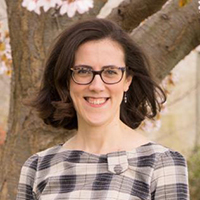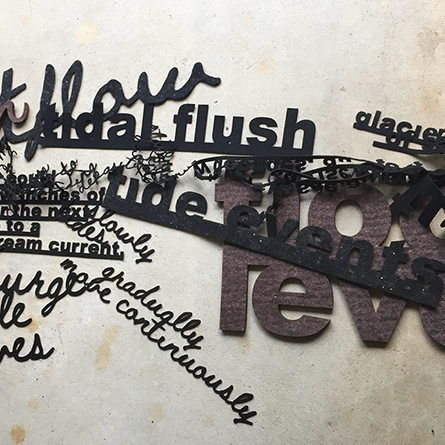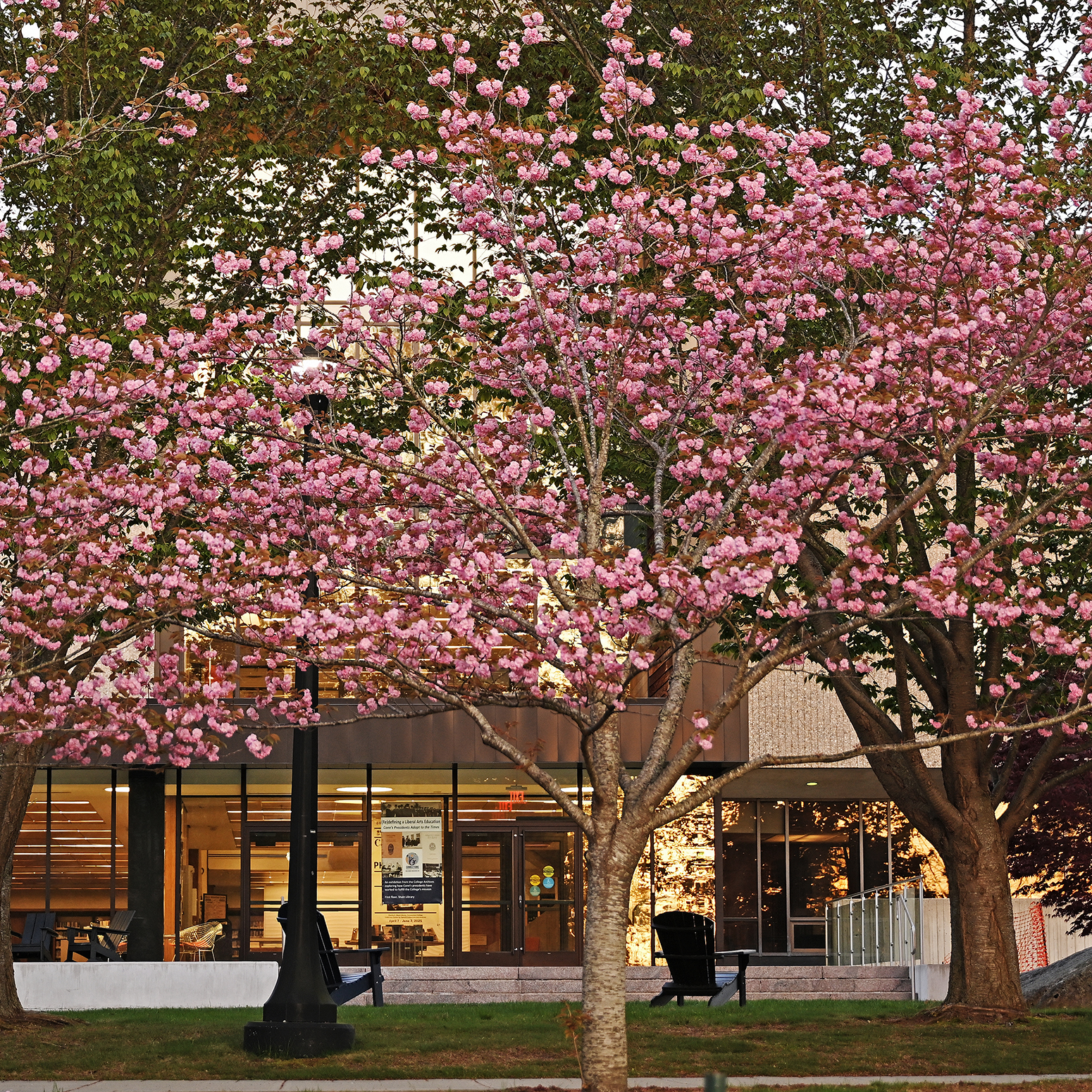
Reading the Wrack Lines
Professor of Art Andrea Wollensak launches ongoing exhibition about our changing climate.
Shorelines, locally and globally, are affected by stronger and more frequent storms and the threat of sea level rise. Long Island Sound is seeing a decline of species, warming water temperatures, acidification, and changing ocean currents.
To raise awareness about how climate change impacts Conn’s community, Professor of Art Andrea Wollensak has launched “Reading the Wrack Lines,” an environmental literacy and educational outreach project designed to engage the local community in innovative learning approaches based on southeastern Connecticut’s coastal environment and our changing climate.
“The project represents a unique, diverse and inclusive partnership of faculty, students and youth clubs at Connecticut College, UConn Avery Point and Stonington High School. Focused workshops will promote local and global awareness of climate issues and provide opportunities for the general public to participate,” said Wollensak.
A wrack line is said to be the debris washed onto the beach by high tide. The wrack can be made up of seaweed, crustaceans, feathers and bits of plastic.
“Reading the Wrack Lines,” a Connecticut Sea Grant-funded public art project, premieres on Earth Day, April 22, at 8 p.m. at UConn Avery Point. It will feature creative writing responses to climate change by UConn Avery Point and Connecticut College students used as audiovisual source material within a generative multimedia artwork projected onto both the Branford House the Avery Point Lighthouse. Collaborators for “Reading the Wrack Lines” include software developer and Professor Emerita of Mathematics and Computer Science Bridget Baird and sound artist Brett Terry. The exhibit is being presented in cooperation with The Alexey von Schlippe Gallery of Art.
“By developing an awareness of local climate change first-hand, participants see connections to larger global climate concerns. This project engages the community through creative writing about climate justice and the local ecology and amplifies participants’ voices in final on-site works that include video projection, sculptural text forms and poetry readings,” Wollensak said.
“The overall goal of ‘Reading the Wrack Lines’ is to increase environmental literacy through community outreach and provide a space for participants to voice their ideas.”
This project will continue into next year with additional support from a recently awarded Ammerman Faculty Research grant, a summer 2021 ConnSSHARP grant with Althusa Lin ’22, and as part of an upcoming year-long hybrid artist residency at the Anchorage Museum beginning in October 2021.
Co-sponsoring the project are: Syma Ebbin, associate professor in residence, research coordinator, Connecticut Sea Grant, University of Connecticut; Juliana Barrett, associate extension educator, Connecticut Sea Grant, Center for Land Use Education and Research (CLEAR), University of Connecticut (also a visiting lecturer to Stonington High School students); Charlotte Gray, assistant professor in residence, director, Alexey von Schlippe Gallery of Art, University of Connecticut (curator for final installation); and Janice Lamb, coordinator, Stonington High School Career Center.

